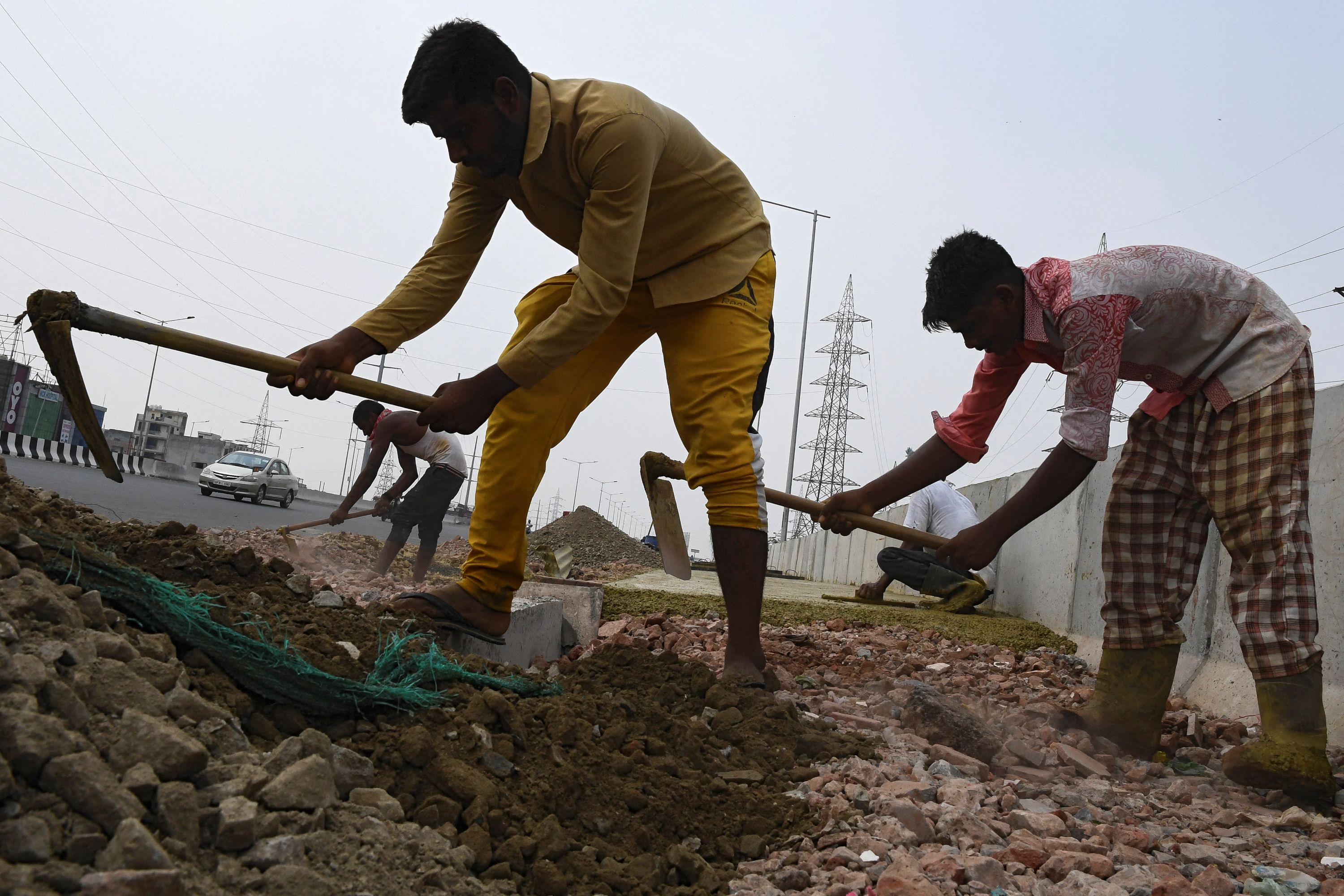
HONG KONG – Wage inequality has narrowed in about two-thirds of countries since 2000, but the positive trend is not shared equally, according to a new report from the International Labour Organization.
The “Global Wage Report 2024-25: Is wage inequality decreasing globally?”, released by the United Nations labor agency on Thursday, has found that since the early 2000s, on average, wage inequality, which compares the wages of high and low wage earners, decreased in many countries at an average rate that ranged from 0.5 to 1.7 percent annually, depending on the measure used.
The most significant decreases occurred among low-income countries where the average annual decrease ranged from 3.2 to 9.6 percent in the past two decades.
The report also found that global wages have been growing faster than inflation in recent times. In 2023, global real wages grew by 1.8 percent with projections reaching 2.7 percent growth for 2024, the highest increase in more than15 years.
ALSO READ: ILO: Global youth unemployment in decline and seen falling further
Such positive outcomes mark a notable recovery when compared to the 0.9 percent decline in global wages observed in 2022, a period when high inflation rates outpaced nominal wage growth, the study noted.
Speaking in Geneva at the launch of the Global Wage Report, ILO Director-General Gilbert Houngbo said the trend could be “the largest gain in more than 15 years”, and that today’s global wage gains “reflect a notable recovery” compared with the 0.9 percent decline in 2022 when high inflation and higher prices outpaced wage growth.
He said the return to positive real wage growth “is a welcome development” but “we must not forget that millions of workers and their families continue to suffer from the cost-of-living crisis that has eroded their living standards, and that wage disparities between and within countries remain unacceptably high”.
With respect to regional trends, the growth patterns varied considerably.
According to the report, when looking at regional level data, real wage growth “continues to be heterogeneous”, with average wages increasing faster in Asia and the Pacific, Central and Western Asia, and Eastern Europe compared to the rest of the world.
Africa, Asia and the Pacific, and Central and Western Asia were the only regions that witnessed increases in average real wages in 2022, while average real wages decreased in all other regions, with declines ranging from –0.8 percent in Eastern Europe to –3.7 percent in Northern, Southern and Western Europe.
In 2023, real wage growth returned to the positive in most regions, with the exceptions of Africa, Northern America, and Northern, Southern and Western Europe. Africa and Northern, Southern and Western Europe regions saw declines of 2.4 percent and 0.2 percent respectively in real wage growth last year, while Northern America saw zero growth.
READ MORE: UN: Gender biases not improved over past decade
“Except for Africa and the Arab States, where average real wages remained stable, average real wages grew in all regions in 2024, with increases ranging from 17.9 percent in Central and Western Asia to 0.3 percent in Northern America,” the report said.
Wage inequality was also declining at a slower pace in wealthier countries, shrinking annually between 0.3 and 1.3 per cent in upper-middle-income-countries, and between 0.3 to 0.7 percent in high-income countries.
“Moreover, even though wage inequality narrowed overall, decreases were more significant among wage workers at the upper end of the pay scale,” the report noted.
High levels of wage inequality remain a pressing issue. Globally, the lowest-paid 10 percent of workers earn just 0.5 percent of the global wage bill, while the highest-paid 10 percent earn nearly 38 percent of this wage bill.
Wage inequality is the highest in low-income countries, with close to 22 percent of wage workers there classified as low-paid. The report also noted that wage inequality was relevant in all countries and regions and that one in every three workers “is a non-wage worker”.
In most low- and middle-income countries the majority are self-employed workers who can only find opportunities to earn a living in the informal economy.
The ILO recommends setting wages through social dialogue. Wages, it said, should be set and adjusted through collective bargaining or agreed minimum wage systems involving governments, workers and employers. Wage-setting should take into account the needs of workers, their families and economic factors.
Wage policies, the ILO said, should support gender equality, equity and non-discrimination. Addressing root causes of low pay through national policies should reflect each country’s specific context “and address the causes of low pay such as informality, low productivity and the under-valuing of jobs in sectors such as the care economy”.
ALSO READ: ILO notes 'striking fall' in real wages worldwide
The report concluded that reducing wage inequality requires both strong wage policies and structural support for equitable growth. By addressing these challenges, countries can make real progress toward reducing wage gaps and promoting fair, sustainable, economic growth for workers worldwide, it said.
"National strategies to reduce inequalities require strengthening wage policies and institutions," said Giulia De Lazzari, ILO economist and one of the main authors of the report.
"But equally important is to design policies that promote productivity, decent work and the formalization of the informal economy,” she added.
Contact the writer at jan@chinadailyapac.com


